PPT-CSE373: Data Structures & Algorithms
Author : giovanna-bartolotta | Published Date : 2017-09-02
Lecture 16 Introduction to Graphs Linda Shapiro Winter 2015 Announcements HW03 all graded posted regarded on some due to the AVL nocredit problem Email Evan if any
Presentation Embed Code
Download Presentation
Download Presentation The PPT/PDF document "CSE373: Data Structures & Algorithms" is the property of its rightful owner. Permission is granted to download and print the materials on this website for personal, non-commercial use only, and to display it on your personal computer provided you do not modify the materials and that you retain all copyright notices contained in the materials. By downloading content from our website, you accept the terms of this agreement.
CSE373: Data Structures & Algorithms: Transcript
Download Rules Of Document
"CSE373: Data Structures & Algorithms"The content belongs to its owner. You may download and print it for personal use, without modification, and keep all copyright notices. By downloading, you agree to these terms.
Related Documents

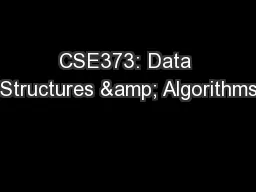
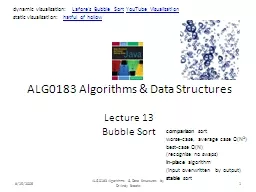
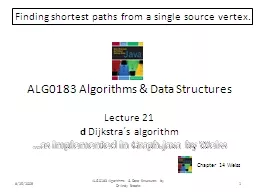
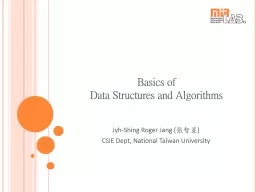
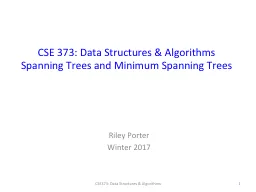
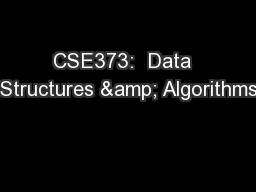

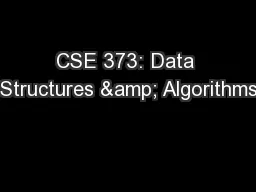
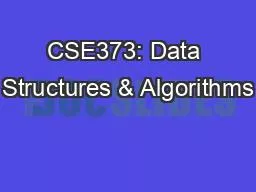
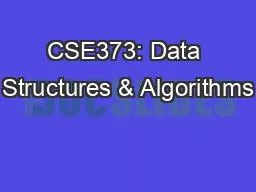
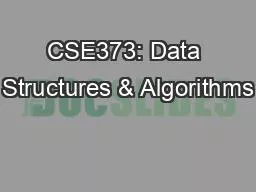
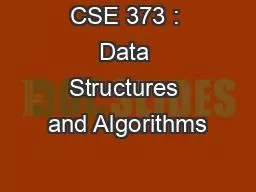
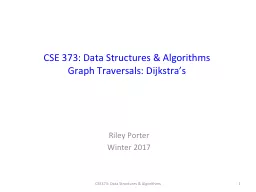
![[READ]-Easy Learning Data Structures & Algorithms ES6+Javascript Classic data structures](https://thumbs.docslides.com/970589/read-easy-learning-data-structures-algorithms-es6-javascript-classic-data-structures-and-algorithms-in-es6-javascript-easy-learning-javascript-and-design-and-data-structures-and-algorithms-book-3.jpg)